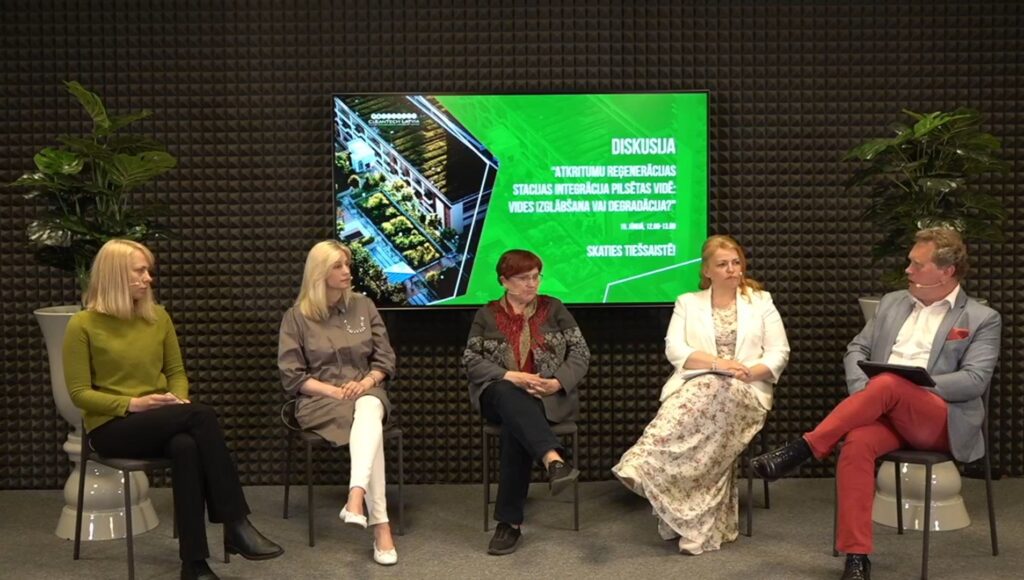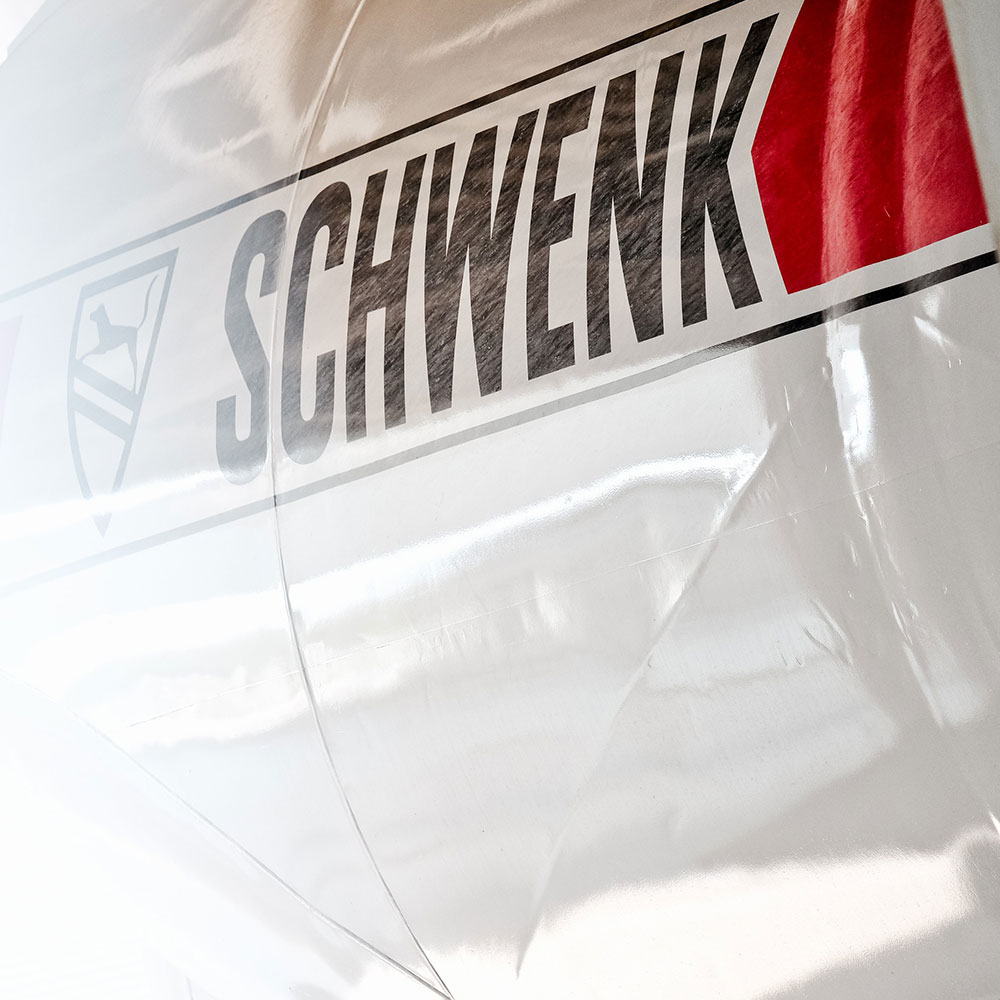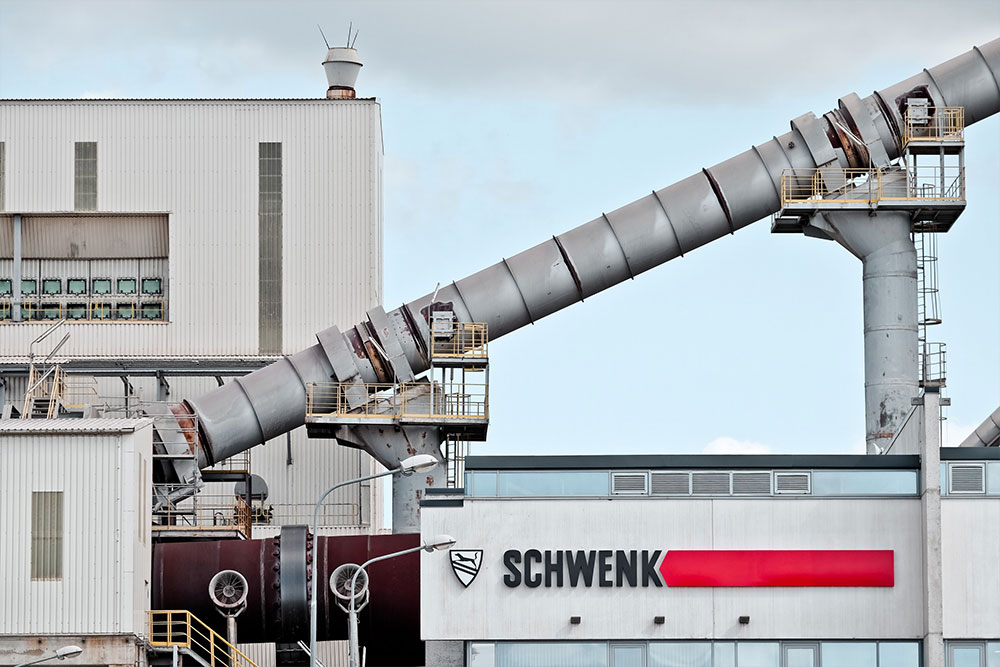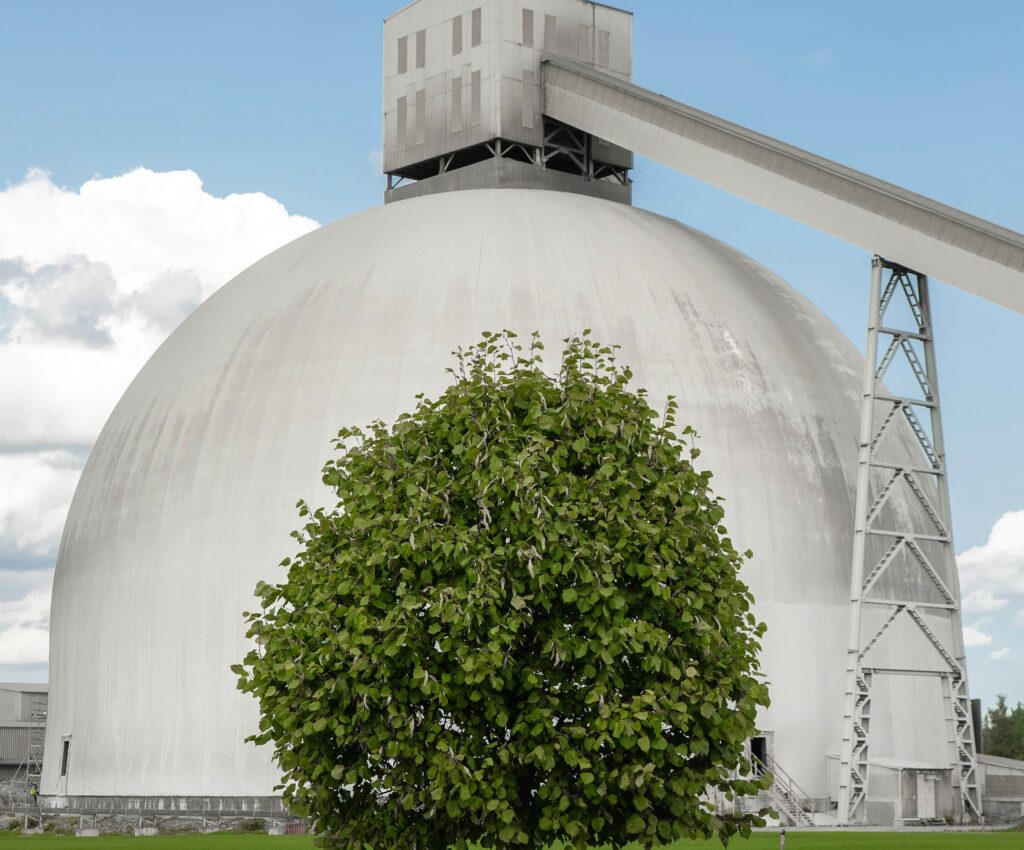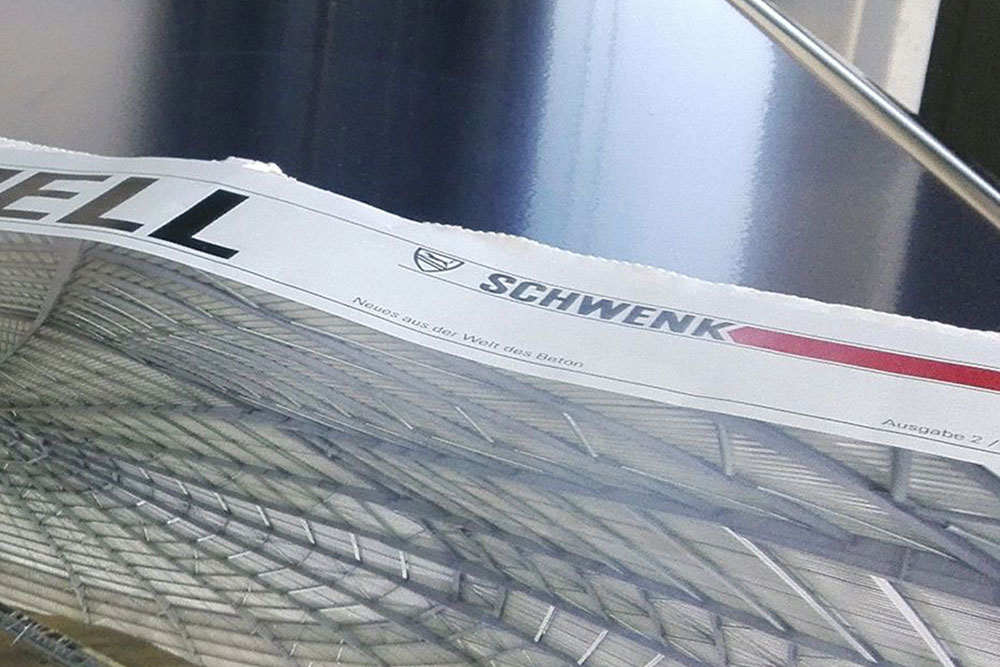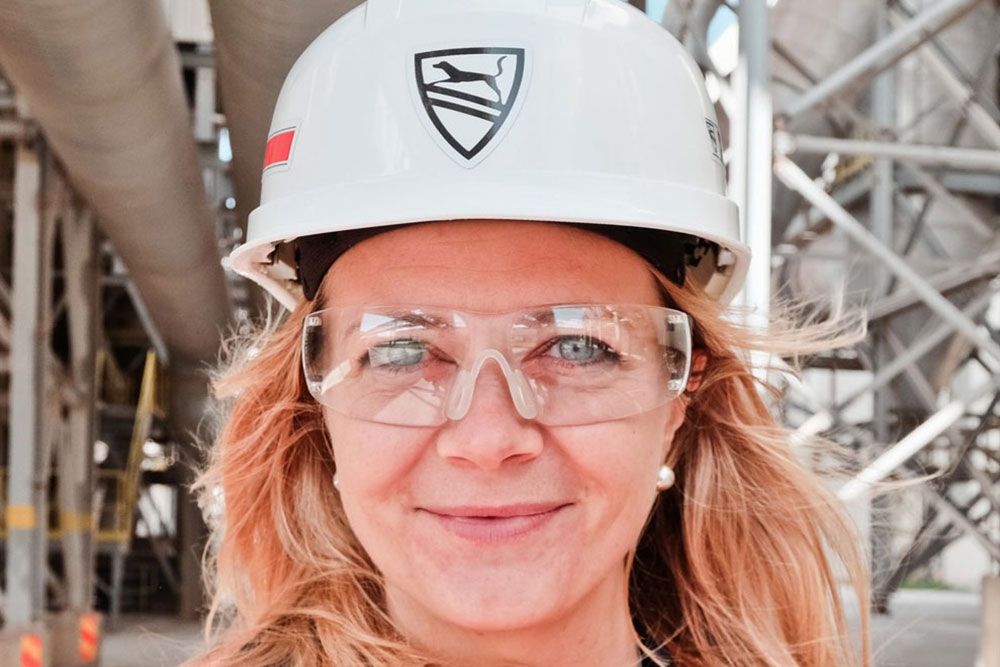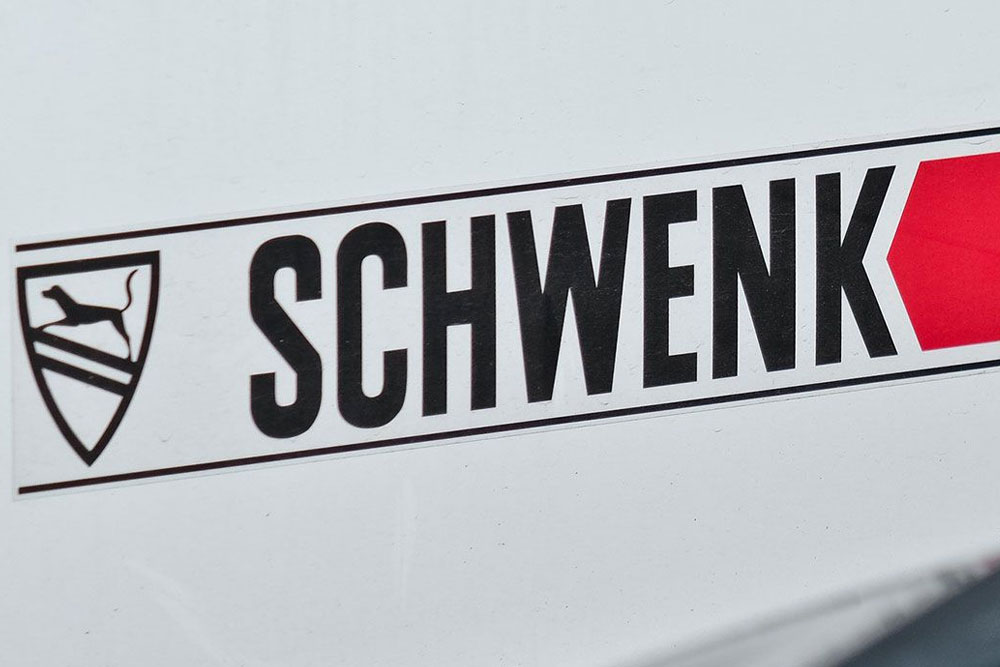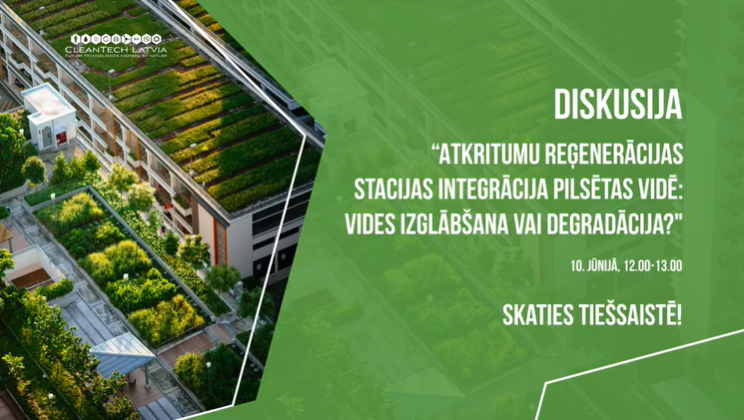
We share our experience in the use of alternative fuels in cement production in the discussion on waste recovery plants
On June 10, a cluster organisation connecting industrial companies and research and education institutions CLEANTECH LATVIA organized a discussion “Integration of a waste recovery plants into the urban environment: saving or degrading the environment?”, in which answers to questions about the integration of waste recovery plants in the urban environment were sought.
SANTA KĻAVA, Environment Department Manager, shared views of SCHWENK Latvija on the topic and experience in implementing the principles of the circular economy.
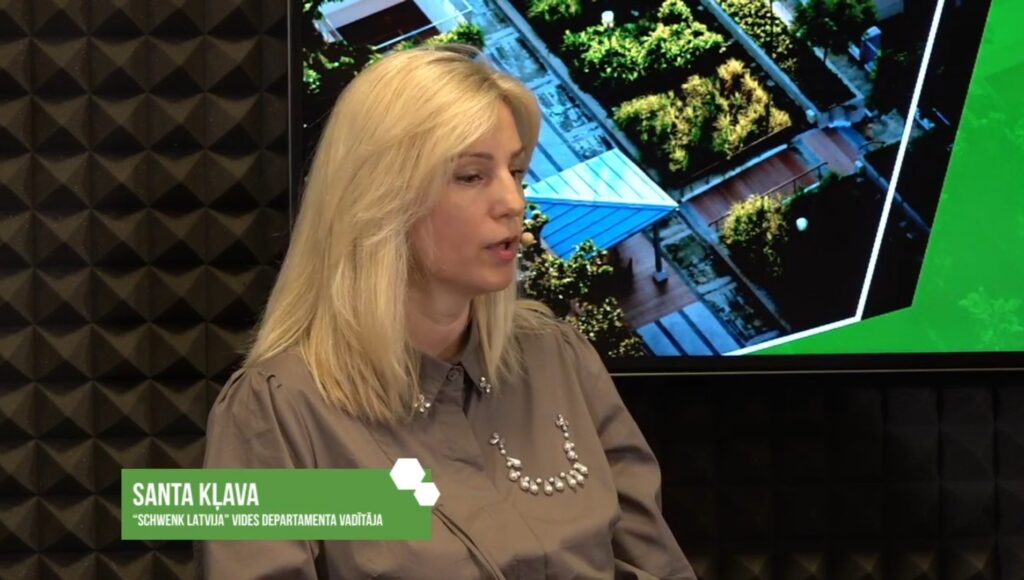
At present, the cement plant in Brocēni uses approximately 160,000 to 200,000 tons of alternative fuels specially prepared for the plant each year. The alternative fuel is a mixture produced from sorted and specially prepared municipal and industrial waste – SRF (solid recovered fuel), shredded tires, neutralized contaminated soil, in the use of which SCHWENK Latvija was a partner in the Inčukalns acid tar ponds remediation project. They are prepared in accordance with the quality requirements required for the cement plant kiln – sorted, dried, crushed and mixed in the right proportions. This is already 98% of the total amount of fuel used in the Brocēni cement plant.
The use of alternative fuels in the SCHWENK Latvija cement-clinker kiln, where the temperature exceeds 1,500 degrees, differs significantly from simple incinerators, where energy is recovered by burning waste, but hazardous waste and ash remain, which requires additional management. In our cement-clinker kiln using alternative fuels, ash is a raw material, an essential component of the product produced. A completely closed production process is ensured and no residual products or waste are generated that should be managed.
Of the total amount of alternative fuel required for cement production, only 40,000 – 50,000 tons are produced in Latvia. The main problem is the high moisture content caused by poorly developed sorting practices. But there is also good news: the share of local material in our alternative fuels is growing every year. The plant is equipped with a special alternative fuel dryer, so it will be possible to use more local waste, using hot gas or heat generated during production process.
